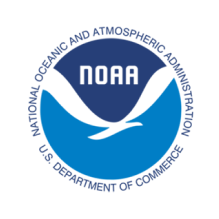SUMMARY OF THE CLIMATE OF PUERTO RICO AND THE US VIRGIN ISLANDS
Temperatures in Puerto Rico and the US Virgin Islands have risen nearly 2°F since 1950. In a higher emissions scenario, historically unprecedented warming is projected this century, including an increase in extreme heat events. Future changes in total precipitation are uncertain, but extreme precipitation is projected to increase, with related increases in flood intensity and frequency. Since 1961, sea level has risen 0.7 inches per decade in San Juan, Puerto Rico—a rate equal to the rate of global sea level riseSea level riseIncrease in the level of the world's oceans due to the effects of global warming. Changes in sea level are caused primarily by thermal expansion caused by warming of the ocean (since water expands as it warms) and increased melting of land-based ice, such as glaciers and ice sheets. More during the second half of the 20th century. Global sea level is projected to rise 1–8 feet, with similar increases projected for Puerto Rico and the US Virgin Islands. Sea level riseSea level riseIncrease in the level of the world's oceans due to the effects of global warming. Changes in sea level are caused primarily by thermal expansion caused by warming of the ocean (since water expands as it warms) and increased melting of land-based ice, such as glaciers and ice sheets. More presents widespread and ongoing threats to both the natural and built environments in coastal communities. Hurricanes are a major threat to both Puerto Rico and the US Virgin Islands. Hurricane rainfall rates, storm surge heights due to sea level riseSea level riseIncrease in the level of the world's oceans due to the effects of global warming. Changes in sea level are caused primarily by thermal expansion caused by warming of the ocean (since water expands as it warms) and increased melting of land-based ice, such as glaciers and ice sheets. More, and the number of strongest hurricanes (Category 3, 4, and 5) are all projected to increase as the climate warms.
